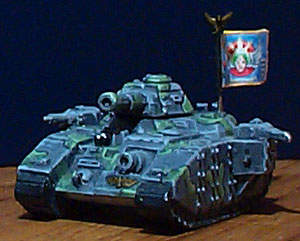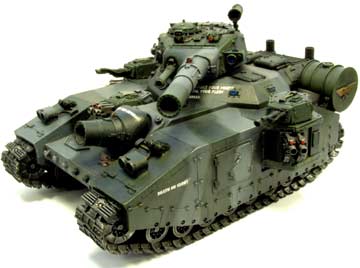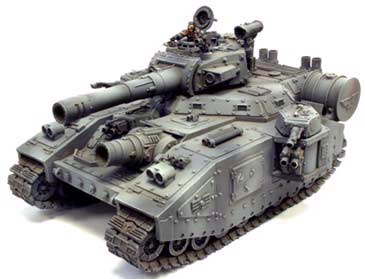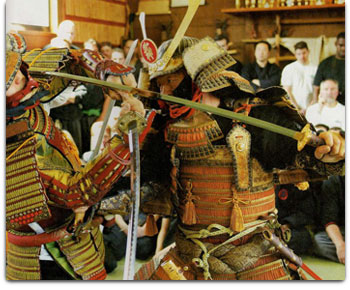%20002.gif) "He Who Shall Not Be Named" (HWSNBN) used one of his trademark sayings while illustrating a point at his recent seminar at our dojo. HWSNBN said, for the umpteenth time in my memory, "If your hands are touching the opponent, they should be causing pain."
"He Who Shall Not Be Named" (HWSNBN) used one of his trademark sayings while illustrating a point at his recent seminar at our dojo. HWSNBN said, for the umpteenth time in my memory, "If your hands are touching the opponent, they should be causing pain."The first time I heard him provide this advice, HWSNBN was talking about kyusho, or pressure points. This, of course, made a good deal of common sense. Unfortunately, this context limited my understanding of what he was saying for many years.
This time around, HWSNBN used it under unusual circumstances, so let me set the scene...
HWSNBN was working through the shoden scroll of Kukishinden Ryu. He had just finished saying that the important part was the "bit at the end" where the Tori "kills" Uke by dropping the poor victim using the power of the legs. Everything else was "not important," at least until he saw us screwing up the introductory exchange of strikes and counterstrikes. HWSNBN stopped the class and suddenly the initial counterstrikes by Tori became very mportant. As he hit Uke's arms, he uttered his famous, "If your hands are touching the opponent, they should be causing pain."
When advanced martial artists teach, they don't always mean exactly what they say -- that is, they mean each word they use, but they often mean much more than they are letting on.
In this case, HWSNBN chose those words as a reflection of his attitude and experience regarding fighting. As I've said before, this is a warrior art. That means we do not fight for fun or sport; when we fight, it is combat and lives are on the line. (Well, let's say 99 time out of 100, there is always the chance we need to escort freaky Uncle Charlie out of the Family Reunion after having a few too many.) Under those circumstances, we should be seeking to cause pain, or really damage, every time we touch the opponent. So yes, HWSNBN meant what he said.
With the counterstrikes, HWSNBN wanted us to understand that each strike as intended to be potentially decisive in and of itself. We are not just tapping the Uke to go through the motions. We are not throwing up less-than-optimal blocks that do nothing to dissuade our attacker. Each counterstrike must be landed with the precision and power to hurt the Uke and convince him to bother somebody else.
But here is the part where he meant more... A few minutes later, a Kukishinden kata was initiated with a lapel grab. Tori's initial response is to cover the grabbing hand. (As an aside, my training partner raised some questions about the historical method of covering the grab in Kukishinden Ryu. Mmmm, interesting esoterica...) This cover does not really appear to hurt Uke, yet our hand is touching our opponent.
Certainly, there are options to inflict a little pain with the cover. But there are other reasons not to do so. The kata finishes by turning the cover into an omote gyaky outside wrist throw. If we were to inflict pain too early, Uke might retract his hand and restart the fight with a new technique and we would have to counter all over again. No, better to ride the technique we've got.
So was HWSNBN wrong? No. What I think he is really trying to say is that whenever we move in relation to the opponent, it should cause some effect. In the vast majority of circumstances we will want to be causing damage and pain to the opponent when we move, but no matter what, we want to be doing something to the opponent, not wasting movement.
So, just what is covering the hand really doing to the opponent who grabs my lapel? Quite a lot actually. First, I'm preventing his ability to punch into my shoulder with that hand. Second, I'm trapping his hand against my body, which does at least three things: it sets the distance between us and allows me to dictate the distance for the next beat or two, and it starts the outside wrist throw mechanics. The simple cover may not look like much, but it causes an Effect on the opponent.
What we're really talking about is efficient movement. "If you move in relation to the opponent, you should be affecting him in some way" = "If you hands are touching the opponent, they should be causing pain." This might seem like common sense in martial arts, but I've seen (and perpetrated) many instances of wasted movement.
%20001.gif)



































